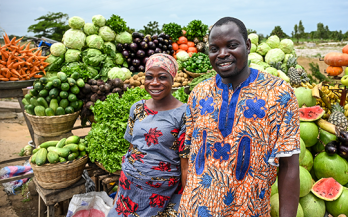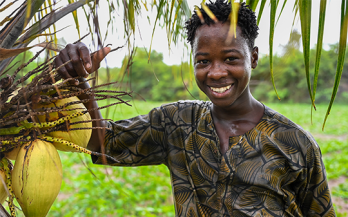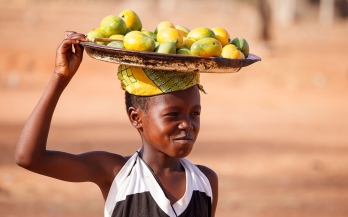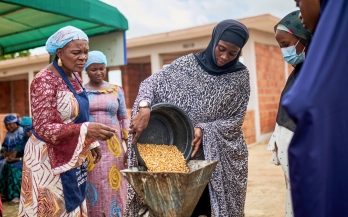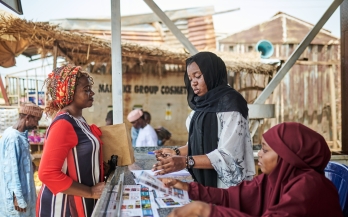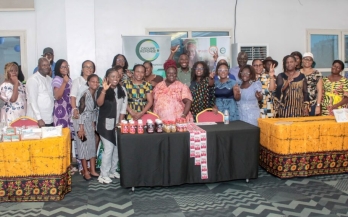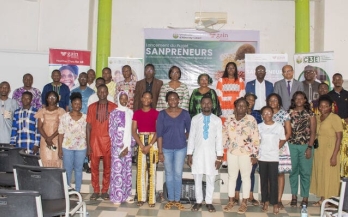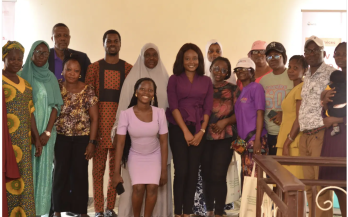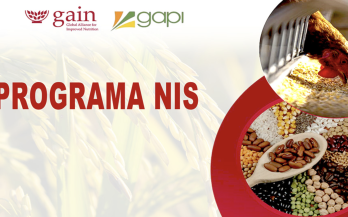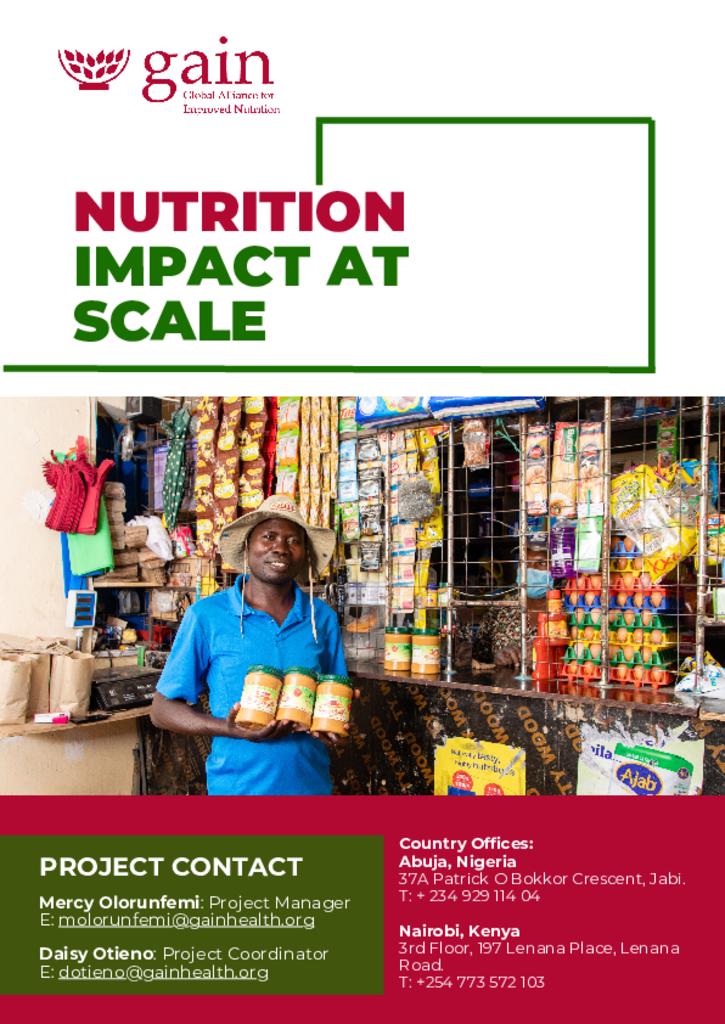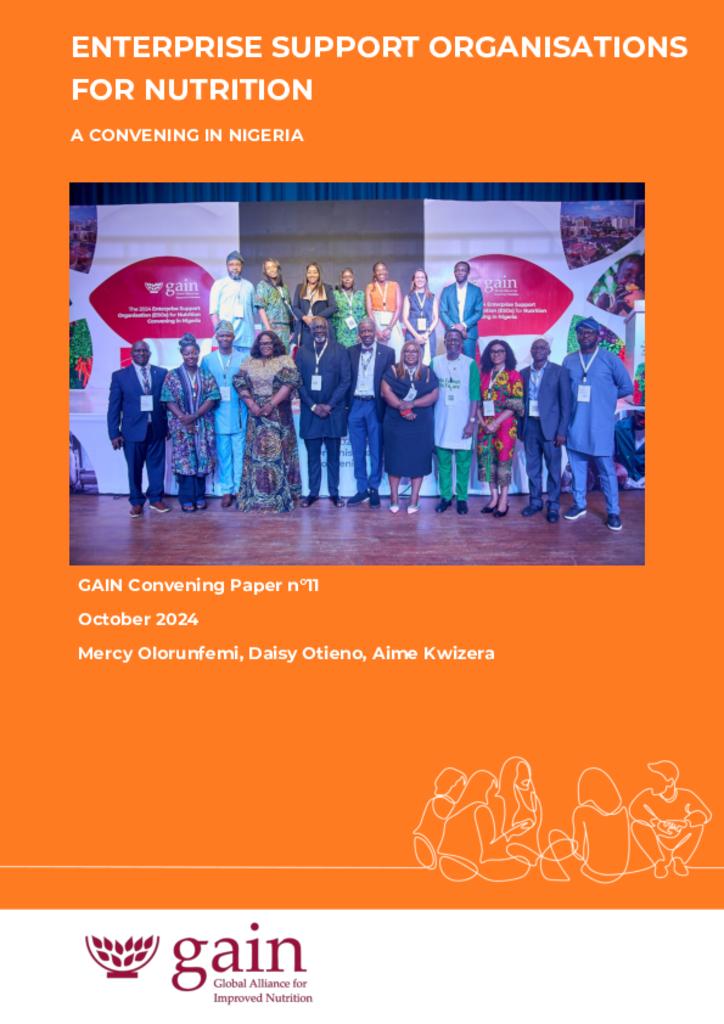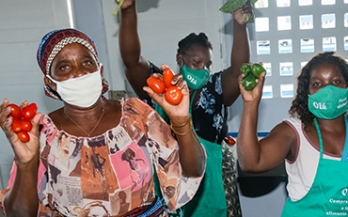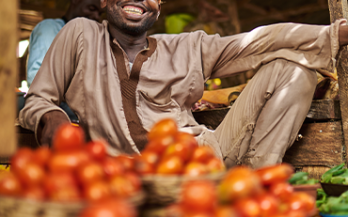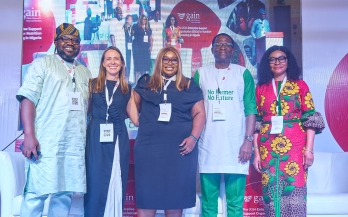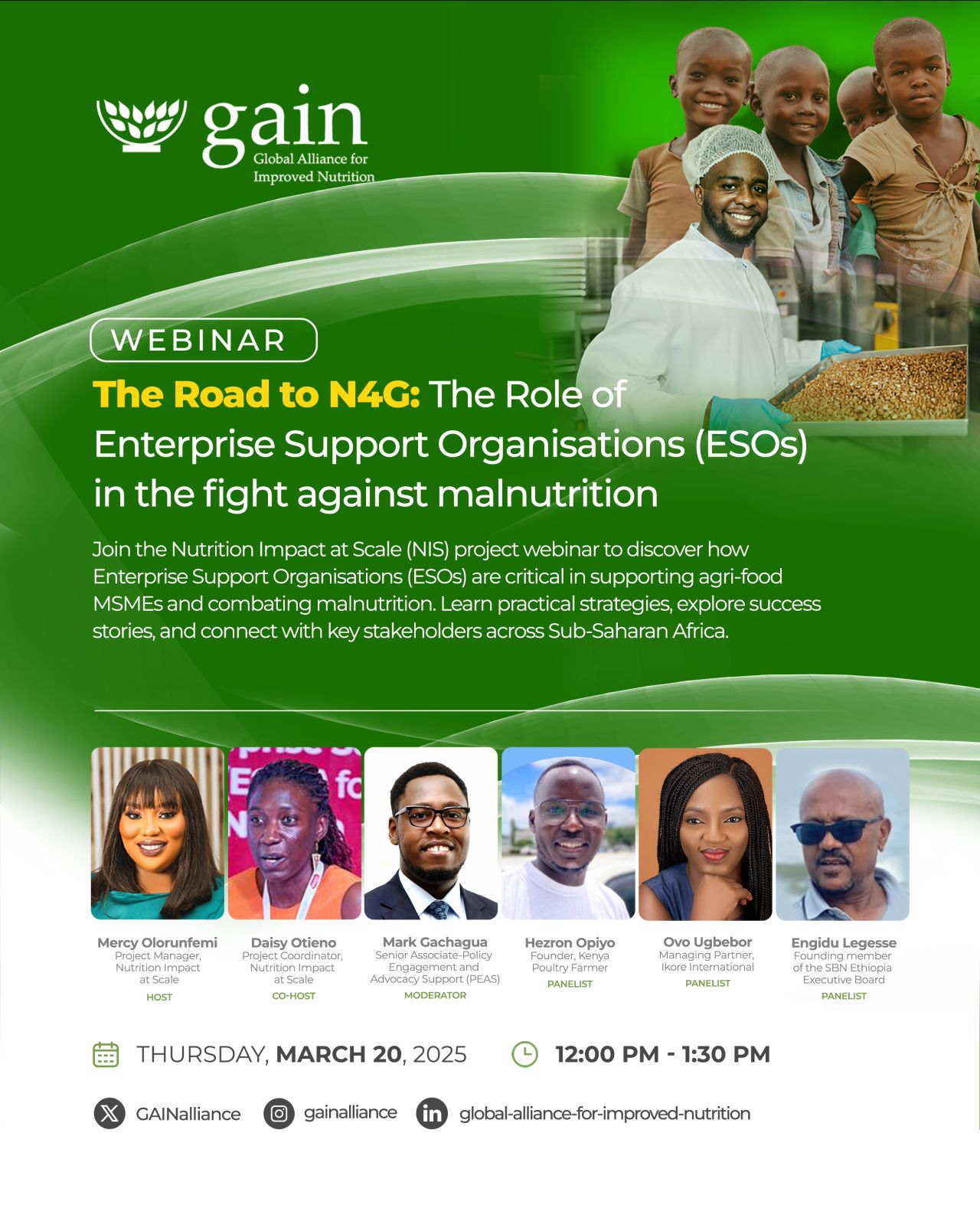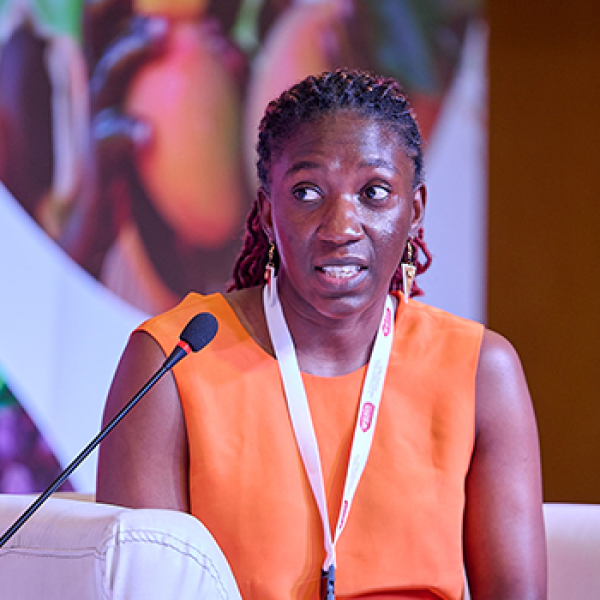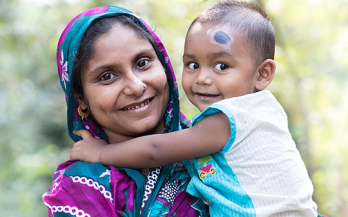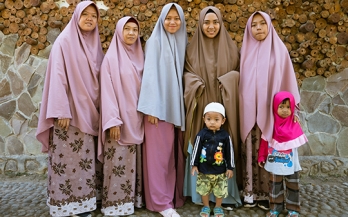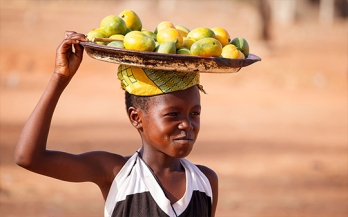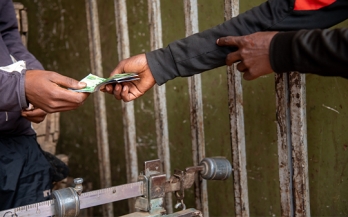- 14/01/2025
Food systems are a foundation of human and planetary well-being and central to achieving the Sustainable Development Goals. Yet they also contribute to ill health, inequity, environmental degradation, and greenhouse gas emissions. These challenges demand urgent food systems transformation. Such a transformation requires understanding the status of food systems across their diverse functions.
The benefits of trade are often viewed in economic terms, but its human impact — on malnutrition in particular — cannot be ignored. Malnutrition stunts development, weakens immunity, and deteriorates bone and muscle health.
N3F is an open-ended debt fund designed to invest in small and medium enterprises (SMEs) focused on improving nutrition in Sub-Saharan Africa. Its innovative blended structure combines public and private donor funds to attract capital from private investors.
Incofin Investment Management, alongside the Nutritious Foods Financing Facility (N3F) partners, the Global Alliance for Improved Nutrition (GAIN), USAID, and the Swiss Agency for Development and Cooperation (SDC), announces two new investments to enhance food security and nutrition in Sub-Saharan Africa. These investments, totaling USD 1.55 million, underscore N3F’s active deployment in the region. The fund has invested over USD 4 million within its first year of operation.
Incofin Investment Management announces the first three investments made through the new Nutritious Foods Financing Facility (N3F), launched earlier this year. Each selected company has received debt financing in the range of USD 0.5 million – USD 1 million to scale up their production, increasing their capacity to supply lower-income local households in Sub-Saharan Africa with nutritious food. Further, they will each be supported with tailored technical assistance managed by the Global Alliance for Improved Nutrition (GAIN).
Using OpenAI LLM (GPT-4o) and embedding models, GAIN developed a Retrieval-Augmented Generation (RAG)-based chatbot and connected it to a database of 28 publicly accessible food and nutrition policy documents from Bangladesh.
Malnutrition and food insecurity remain a pressing issue in Bangladesh, with significant implications for public health. Despite improvements in agricultural productivity and food security, the country continues to grapple with micronutrient deficiencies (MNDs), particularly zinc deficiency, which affects vulnerable populations, especially women and children.
GAIN's Approach to Nutrition-Sensitive Social Protection
Through partnerships, policy advocacy, and programmes, GAIN works in seven countries to make social protection systems more nutrition-sensitive and better equipped to combat systemic and intergenerational inequities that limit the reach of vital services.
Last month the UN Food and Agriculture Organization released its biennial State of Agricultural Commodity Markets report, and we were delighted to see it focusing on a topic close to our own hearts: policy coherence between trade and nutrition.
